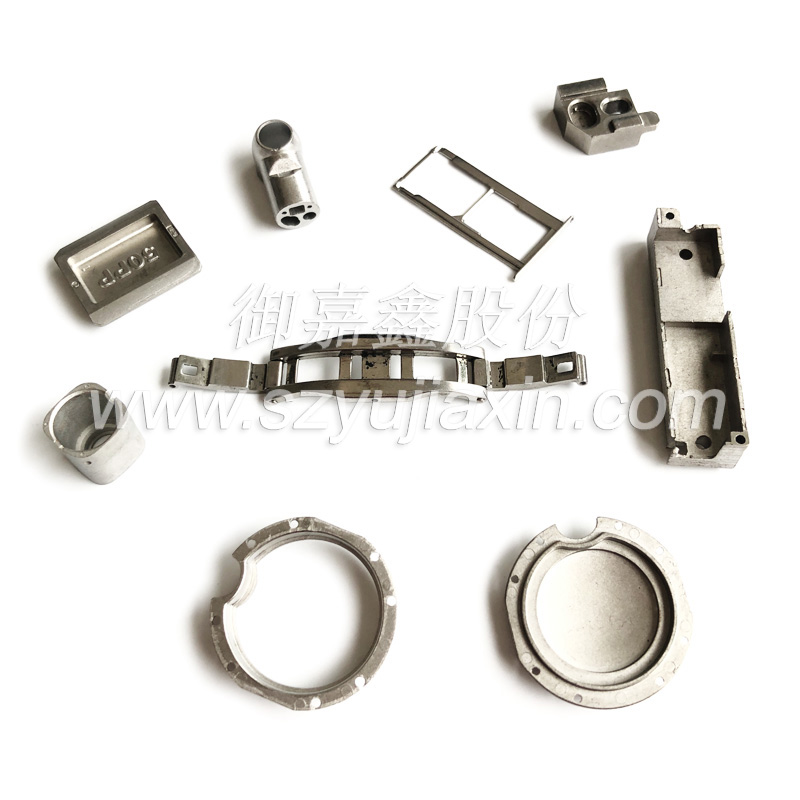
Surface treatment is a process method of artificially forming a surface layer on the surface of a substrate material that has different mechanical, physical, and chemical properties from the substrate. The purpose of surface treatment is to meet the corrosion resistance, wear resistance, decorative or other special functional requirements of the product. MIM parts generally require various surface treatments to achieve better corrosion resistance, wear resistance, conductivity, and high-quality surfaces. Introduction to MIM manufacturing and post-processing, please click to view → One article to understand MIM metal powder injection process! Feed millions of people and impact billions of mobile phone users!
Below are six common surface treatment processes: